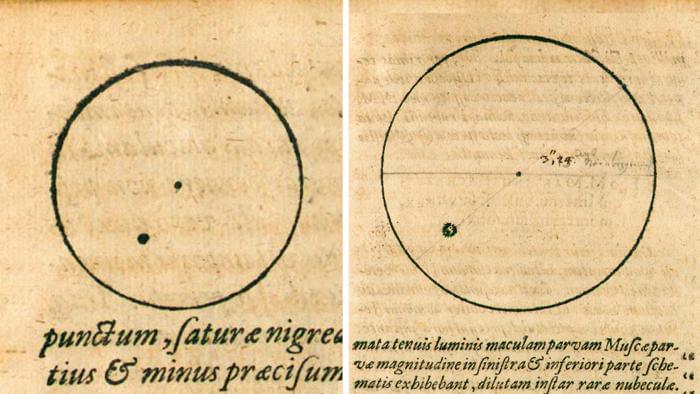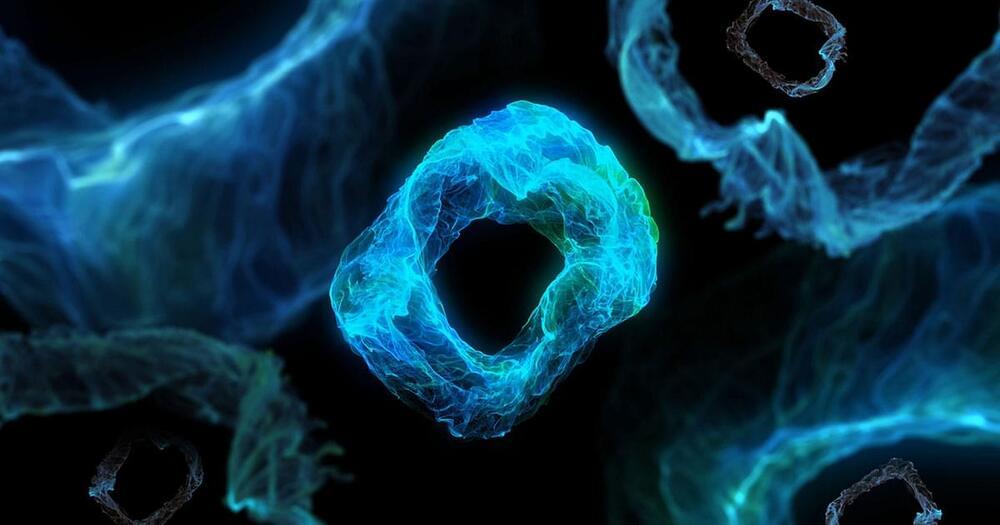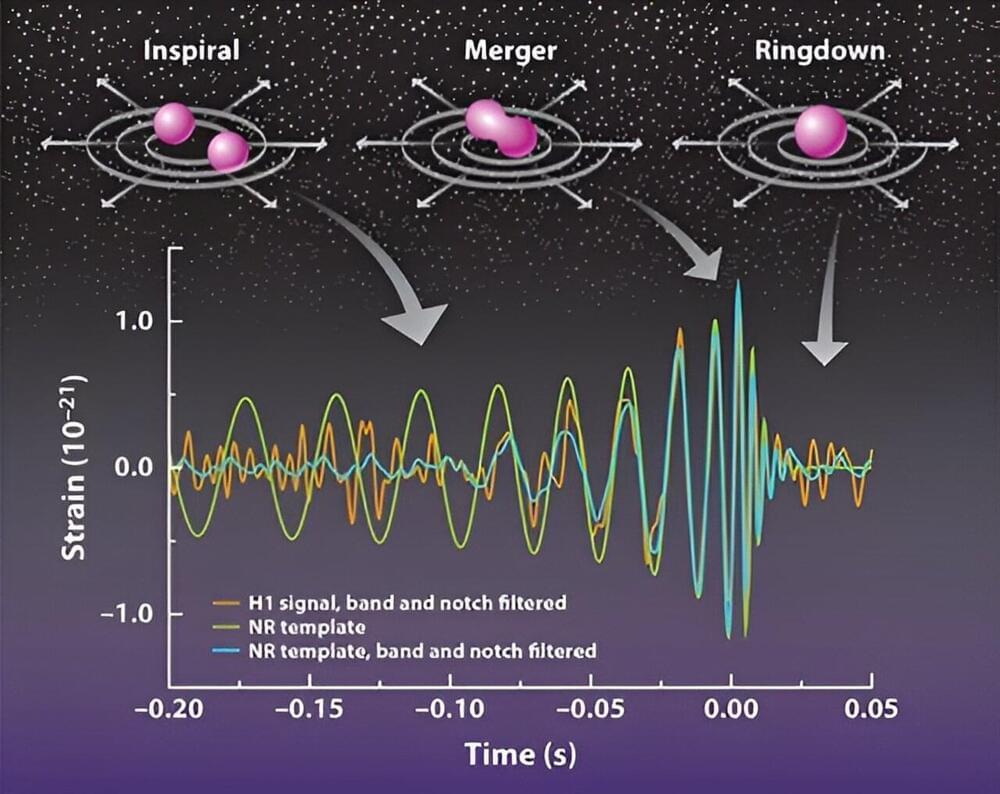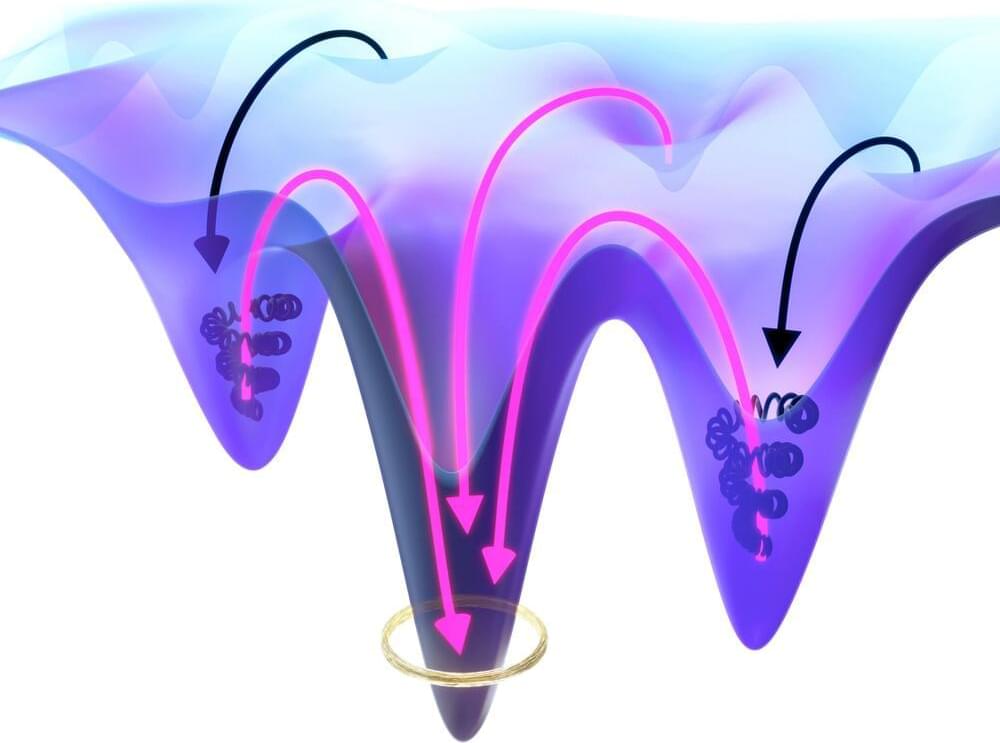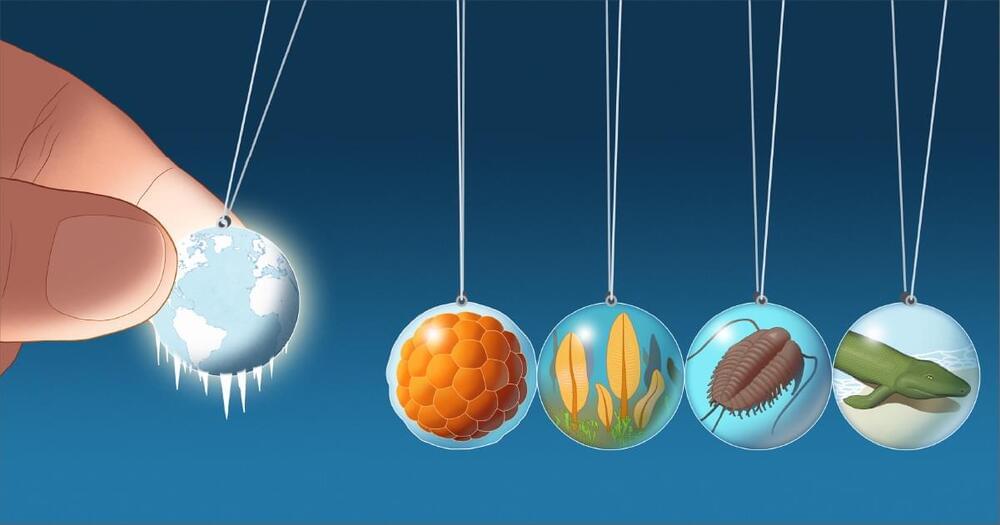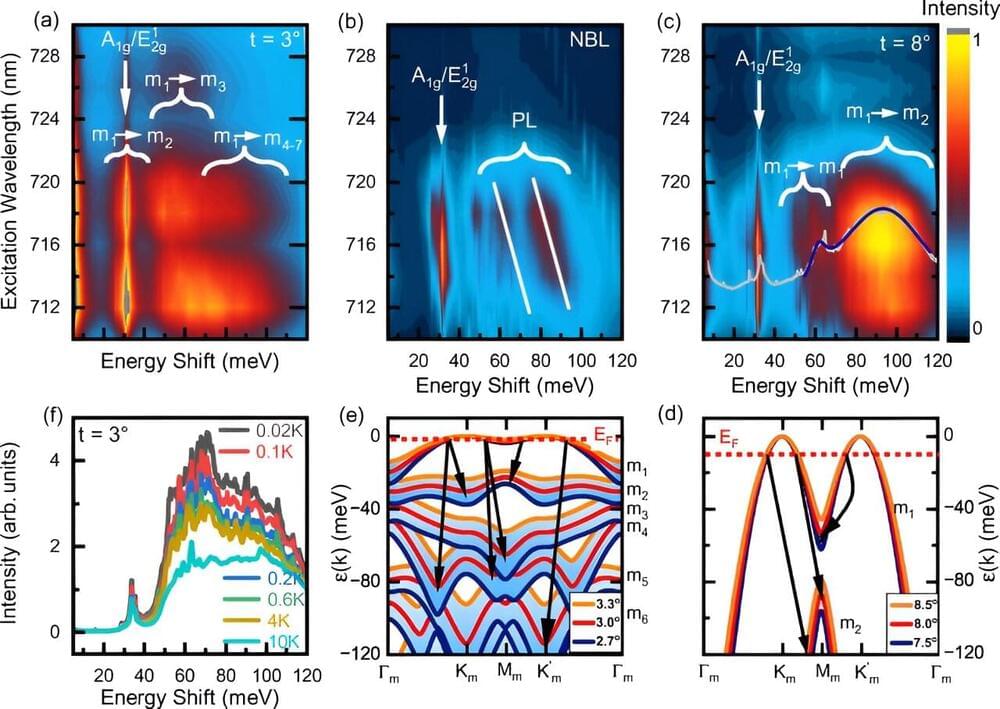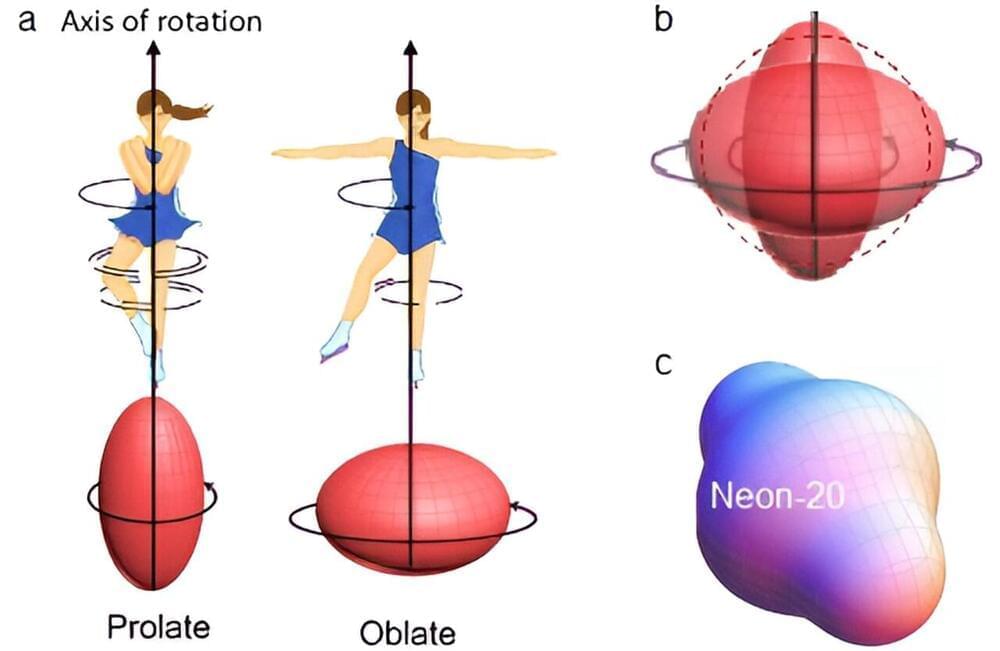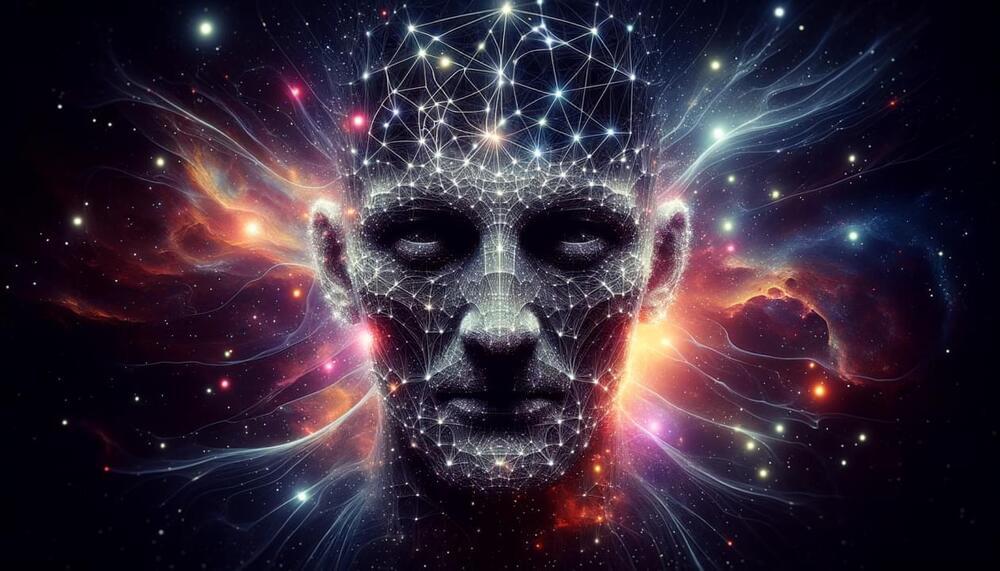“Kepler contributed many historical benchmarks in astronomy and physics in the 17th century, leaving his legacy even in the space age,” said Hisashi Hayakawa.
How can 400-year-old sunspot drawings help modern-day scientists with solar cycles? This is what a recent study published in The Astrophysical Journal Letters hopes to address as an international team of researchers used 400-year-old drawings of sunspots to better understand solar cycles and how we can study them in the future. This study holds the potential to help researchers use non-electronic scientific tools to gain greater insight into scientific discoveries around the world.
For the study, the researchers examined drawings of sunspots made by Johannes Kepler in 1,607 along with past notes to ascertain which solar cycle these sunspots belonged to, which could help astronomers piece together solar cycles during that time and predict them, as well.
